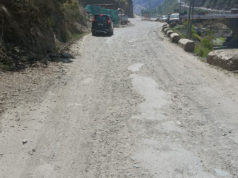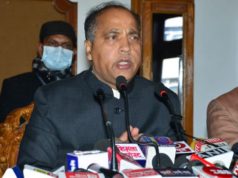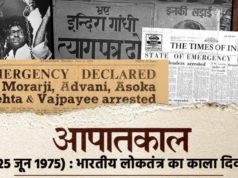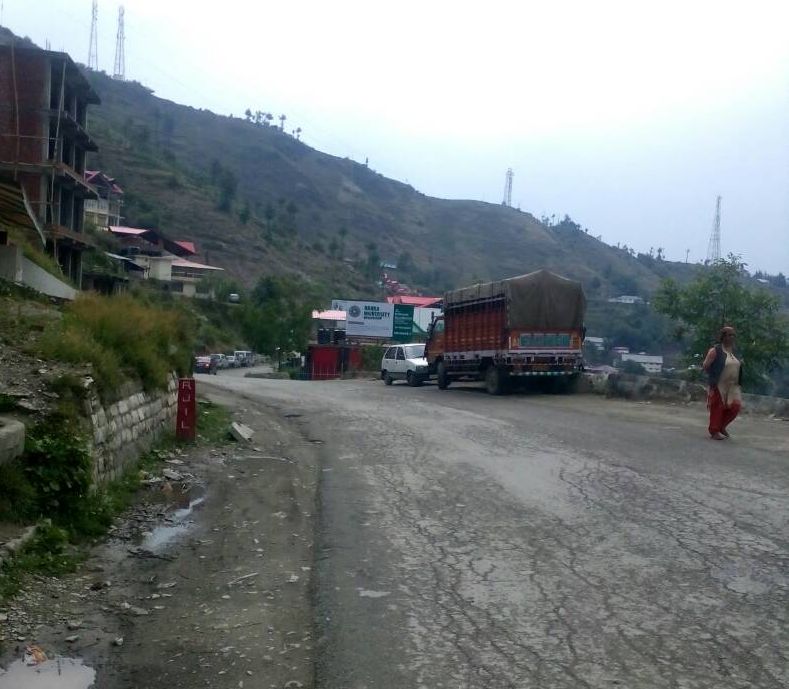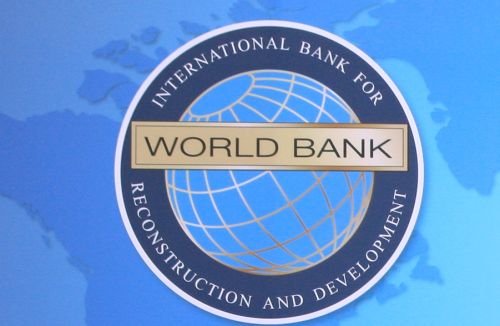New Delhi: The Cabinet Committee on Economic Affairs has given its approval for Rehabilitation and Upgradation of 2-Lane/2-Lane with paved shoulders/4-Lane configuration (2-lane/single/Intermediate lane) and strengthening of stretches of various National Highways covering a total length of over 780 kms in the States of Himachal Pradesh, Rajasthan, Uttar Pradesh and Andhra Pradesh.
The cabinet committee was chaired by Prime Minister Narendra Modi.
The project involves investment of Rs 7662.47 crore which includes a loan component of Rs. 3500 crores ($500 Million). The loan assistance of the World Bank will be under Green National Highways Corridor Project (GNHCP).
The project also includes the maintenance of these National Highways stretches for 5 years (in the case of flexible pavement)/10 years (in the case of rigid pavement) after completion of construction.
The project comprises four components, i.e.
- Sustainable development and maintenance of National Highways
- Institutional Capacity Enhancement
- Road Safety and
- Research and Development
Apart from construction of these highways the project would include strengthening of the Highway/Bridge Engineering Lab in the IAHE (Indian Academy of Highway Engineers) for testing of materials to assess quality of works and impact of interventions in climate resilience; enhancement of road safety through safety audits at design, implementation and operation & maintenance stages; capacity building of Central Institute of Road Transport (CIRT), Pune for crash investigation; and Research & Development studies on relevant topics, namely:
- Stabilization of soils and pavement layers;
- Use of fly ash, demolition waste etc. in embankments;
- Use of waste plastic, modifiers etc. in bituminous works;
- Tree plantation and
- Slope protection using bio-engineering solutions.
Benefits of the project
The projects have been selected based on the necessity of providing smooth and motorable roads after considering the socio-economic needs of the region. The external factors like the nature and quantum of local produce of the region, logistic infrastructure available to carry the produce and the requirement for connecting local population with the mainstream region etc. have been considered. After completion of these stretches, there would be reduced travel time for vehicular traffic. The valuable working hours of the people will be saved. The efficiency of the public will be increased considerably. Secondly, the wear and tear of the fast-moving vehicles will be minimized because of the smooth movement of vehicular traffic, besides resulting in saving in fuel consumption.
The selected stretches are passing through industrial areas, rich agricultural belt, tourist places, religious places, and areas which are backward in terms of growth and income. After completion of this project, the connectivity will be improved which help to generate more revenue for the States as well as income for the local public.
The construction period for the project stretches will be 2/3 years and maintenance period will be 5 years for flexible payment roads and 10 years for rigid payment road (one stretch in the State of Rajasthan only).
The Union Government is aiming to set new standards for Green Highway Projects in the form of green cover, utilisation of reusable material in laying roads etc.



